Relocating to the United States can be an exciting yet daunting process. With so many visa options available, it can be difficult to determine which one is right for your situation. This comprehensive guide will provide you with everything you need to know to choose the best visa when immigrating to the USA.
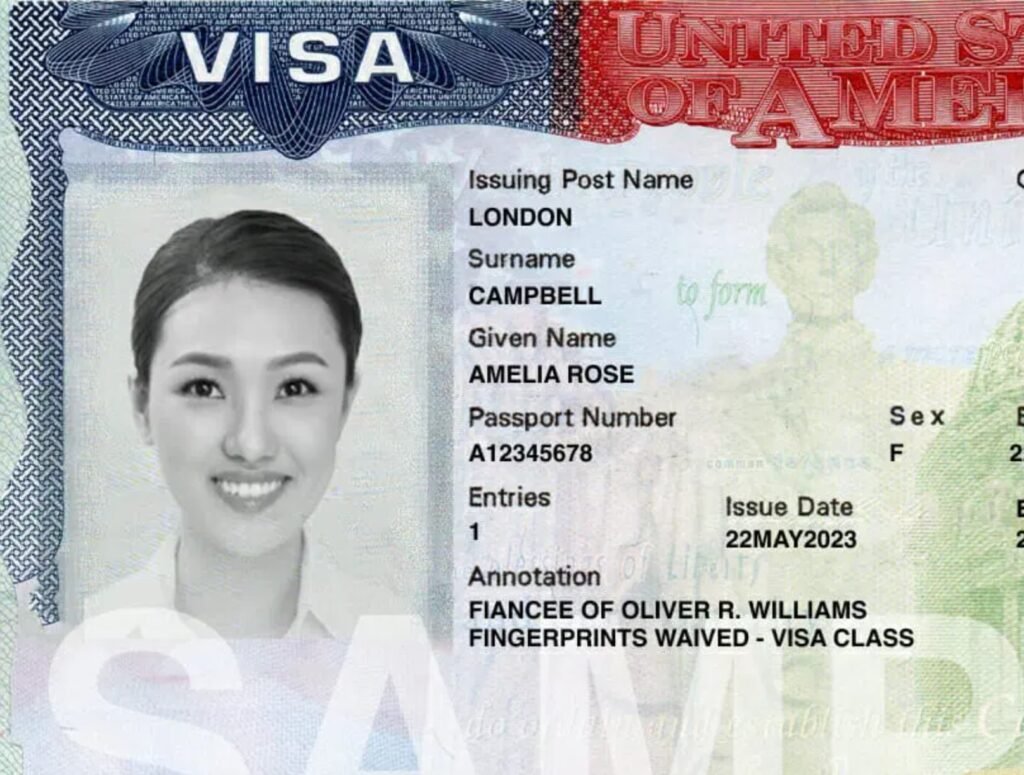
Check out more: How Long Does the U.S. Embassy Keep Record Of Visa Denial? (section 221(g) of the Immigration and Nationality Act)
The Future is Visa-Free: Kenya Introduces Unrestricted Entry for All in 2024
An Overview of the US Visa System
The US visa system is complex, with over 30 different visa types divided into two main categories:
Nonimmigrant Visas
These allow temporary stays in the US for purposes such as:
- Tourism
- Business
- Work
- Study
They do not provide a pathway to permanent residence. The length of stay varies by visa type, from a few months up to 6 years.
Some examples of popular nonimmigrant visas are B-1/B-2 visitor visas, F-1 student visas, J-1 exchange visitor visas, and H-1B specialty occupation worker visas.
Immigrant Visas
Also known as green cards, these allow permanent residence with no limits on length of stay. They provide the rights to live and work anywhere in the US, and also pave the way for eventual citizenship.
The main pathways for getting immigrant visas are family-based or employer-based. There is also a visa lottery program and special categories based on residency, jobs, investments or asylee status.
Understanding the difference between these two visa types is imperative to ensure you choose the right one for your situation.
Choosing Which US Visa is Right For You
With so many options, selecting the ideal visa that aligns with your goals can be challenging. Here are the key elements to consider:
1. Purpose of Stay
The type of visa you get should match the purpose you want to enter the US. Are you looking to visit for tourism? Start a business? Pursue an education? Live and work permanently through family or a job offer? Identify your main goals for entering.
2. Length of Stay
Determine how long you need to remain. Nonimmigrant visas only allow temporary stays, while green cards provide permanent residence. If you may eventually want citizenship, start by looking at immigrant visa options.
3. Eligibility Requirements
Each visa type has specific eligibility criteria regarding factors like profession, skills, age, nationality, family connections or business background. Review prerequisites thoroughly to target visas you qualify for.
4. Application Process
The application process varies based on visa type, from fairly simple for tourists to complex and lengthy for green cards. Analyze different processes to choose one you’re able to complete.
5. Financial Considerations
Application fees, legal fees, business investment amounts, or minimum income requirements differ greatly between visas. Ensure you choose one that fits your finances.
6. Time to Approval
Some visas have lengthy backlogs and long processing times, while others can be approved within months. Determine how soon you aim to relocate when choosing a visa type.
Thoroughly researching all elements before applying increases the chance of approval. US visas provide access to the unique opportunities America has to offer immigrants; investing ample time into choosing the ideal one for your situation maximizes this experience.
A Breakdown of the Most Common US Visa Types
To help you select the best visa for relocating, here is an overview of some major visa categories:
Visitor/Tourism Visas
The B-1/B-2 visitor visa is the most popular option for those looking to enter the US temporarily for tourism, visiting family or friends, health treatment, or business activities like meetings and conferences.
Key Features:
- Length of Stay: Up to 6 months maximum
- Eligibility: Open to all nationalities (excluding restricted ones)
- Application Process: Relatively simple, with an interview sometimes required
- Costs: Typically around $160 + reciprocity fees
The main limitation is that the B-1/B-2 does not enable employment in the US. However, it can serve as a good introduction to life in America and be converted to longer-term visas later if desired.
Student Visas
For those looking to study in the US, the main options are the F-1 visa for academic programs and M-1 visa for non-academic programs like vocational schools.
Key Features:
- Length of Stay: Typically 4 years max, with option to extend
- Eligibility: Letter of acceptance from approved US school required
- Application Process: More extensive paperwork plus interview
- Costs: Around $500+ in fees, plus tuition
A huge perk is that F-1 visa holders can work part-time on campus. After graduating, students may qualify for the OPT program extending stays 1-3 extra years for employment. This provides international experience to help launch global careers.
Work Visas
If looking to relocate for an American job offer, there are a few main work visa routes:
H-1B: For specialty occupations like IT, engineering, science, accounting, architecture. Require US employer sponsorship and bachelor’s degree.
L-1: For intracompany transfers from foreign offices to US offices of global firms. Managerial or specialized knowledge roles.
O-1: For individuals with extraordinary abilities in science, arts, education, business, athletics. National/international acclaim required.
E-1/E-2: For substantial investors and key employees in the US through trade or investment from countries with relevant treaties.
There are also non-specialized options like the H-2A for agricultural workers, or the TN visa for Canadians and Mexicans in certain occupations through NAFTA.
Each has unique eligibility criteria, quotas or caps, and blackout periods after maximum stays are met before re-entry is allowed. Thoroughly study your options for employment paths.
Family Immigration Visas
If looking to immigrate based on an existing family member already a US lawful permanent resident or US citizen, there are several options:
Immediate relative: For spouses, unmarried children under 21, and parents of citizens over the age of 21. Offers fastest processing with no quotas or waiting periods.
Family preference: For relatives with more distant relationships, like siblings or married adult children of citizens/permanent residents. Four preferences levels exist, and waiting times can be over 10 years for backlogged countries.
K-1 fiance(e): Allows foreign fiance(e)s of US citizens to enter the US for 90 days to marry. Provides temporary status, with green cards applied for post-marriage.
Each relative you wish to sponsor will require extensive paperwork demonstrating legally recognized relationships, evidence you can financially support them to avoid reliance on government programs, and more. Family cases see high scrutiny to prevent immigration fraud.
Diversity Immigrant Visa
For individuals from historically underrepresented countries for migration to the US, the congressionally-mandated Diversity Immigrant Visa program (also known as the green card lottery) provides a golden ticket for the highest odds path to permanent residency.
Every year, 55,000 random applicants are selected through an electronic lottery system from qualified countries/regions. For 2024, an estimated 9.5 million foreign nationals are expected to register in hopes of being chosen. The extreme competition demonstrates the desirability of immigrating to build a life in America.
There are no restrictions or prerequisites beyond meeting entry rules like education level and background checks. However, selected individuals only have a limited window of one fiscal year to complete processing steps – and millions sadly do not achieve their dreams each year when their winning lottery entry expires.
Gaining helpful legal guidance maximizes success capitalizing on this rare opportunity that may not come again.
Other Categories
There are also immigrant visas for other specific scenarios like:
- Special immigrant workers – like media, religious or armed forces roles.
- Business investors through the EB-5 program exchanging $900K+ capital for green cards.
- Refugees
- Asylees fleeing persecution
- Amerasians
- And more special circumstances
Analyzing all the different options and uniquely tailored requirements allows you to strategically select which pathway optimally aligns.
There is no one size fits all. What works well for an international student likely vastly differs from an H-1B visa holder being sponsored by an American tech company. Investing ample time into carefully determining which visa provides the ideal match ensures you pick the one that helps facilitate reaching your goals for entering the country.
Comparing Key Differences Between Nonimmigrant and Immigrant US Visas
Given the sheer diversity of US visa offerings spanning categories like diplomatic, work, business investment, victim protection visas and more, it helps to simplify the major decision point as:
Nonimmigrant Visa = Temporary Stay
Immigrant Visa = Permanent Residence
Breaking down the critical differences between these two major umbrellas guides appropriate visa selection.
Length of Stay
The most noticeable contrast comes in the duration of permitted length of stays in the country:
- Nonimmigrant visas provide approval for defined, temporary periods ranging from a few months up to 6 years maximum across categories. These visas eventually expire.
- Immigrant visas enable permanent residence without limits on length of stay since they do not expire over time. They allow living and working in America indefinitely on an ongoing basis.
Due to the limited duration, nonimmigrant visas require maintaining extensive ties and intent to return back home based on the temporary authorized period granted. Immigrant visas demonstrate deliberate commitment to residing long-term.
Conversion Complexities
For some visa types like certain work visas or fiance visas, the opportunity exists to transition from a nonimmigrant to immigrant status if indicated at initial application phases.
However, interchanging between classifications contains intricate requirements and processing complexities. Savvy legal guidance carefully choreographs navigating between pathways.
Without proper inclusions, those entering the US on nonimmigrant visas may not simply convert to permanent options once present in the country. Extensive pre-planning remains key.
Employment Rights
Securing work permissions comprises a major spot of difference:
- Most nonimmigrant visas severely restrict employment rights and require maintaining visa status to keep jobs tied to specific employers or short-term gigs. They provide limited work authorization tied explicitly to the visa’s purpose. Tourists cannot freely work.
- Immigrant visa beneficiaries immediately gain wide employment eligibility to seek jobs with a range of employers without prior USCIS approvals once receiving permanent residence. They can work wherever they want without limitations.
When selecting temporary routes, verify particular rules for each classification to determine if any breadth exists for freelancing, entrepreneurism or side income beyond primary visa sponsor employment.
Renewability Horizons
Stay authorized in the country via extensions or renewals diverges between temporaries and permanent:
- Individuals on nonimmigrant visa types must periodically renew status even for those lasting 6 years through filing extension paperwork near expiration to legally remain. There exist constraints on number of renewals per lifetime depending on classification.
- Immigrant visas as permanent residents do not demand renewals. Green cards provide enduring ability to inhabit America long-term rather than finite approved increments. The only renewal comes once a decade for updated cards.
This greatly reduces renewal paperwork and the risk of falling out of authorized visa status compared to needing diligence renewing nonimmigrant status continually.
Examining central contrasts between pathway durations chosen, conversion complexity, employment freedom and renewal constraints grants clarity when electing ideal matches.
Prioritizing life goals envisions appropriate alignments between temporary or permanent roads best traveled based on your situation through conscious decision-making.
Step-by-Step Guide to Getting a US Visa
Despite nuances between individual visa types, some core general procedural steps often surface when securing many US visas:
1. Confirm Visa Eligibility
Visa grant approvals hinge on successfully meeting delineated eligibility criteria covering elements like nationality, purpose, skills, background, and health.
Thoroughly confirming aligning with prerequisites before applying saves resources and efforts rather than guessing or hoping loose connections squeak by approvals teams.
2. Prepare Required Documentation
Extensive paperwork and proof documentation must substantiate eligibility claims made to validate bonafide credentials or relationships. Authenticating who you say you are and why you belong matters.
Insufficient, missing or fraudulent documentation represents the number one reason for visa denials. Checklist scrutinization front-loads approvability.
3. Complete Necessary Application Forms
All visas demand completing relevant application forms – either print or digitally based on processing type elected. Accurately finishing all required forms constitutes a major milestone.
Incorrect or incomplete forms also highly risk rejections unless fixed in early stages. Verifying precise completion neutralizes this common pitfall.
4. Get Biometrics Appointment & Medical Exam
Applicants must schedule and attend biometrics appointments to supply fingerprints, photos and digital signatures. Medical exams by approved doctors also eliminate health grounds for denial.
Not finishing these prerequisites derails progressing or being approved until handled. Don’t skip these key stepping stones.
5. Interview Successfully
For many US visas, an interview marks a pivotal tipping point for determining eligibility. Applicants must convincingly demonstrate credentials, capabilities and intentions before an approving consular officer.
Inadequate interview performance frequently precipitates denials. Thorough preparation and mock sessions with immigration experts optimizes positive outcomes.
6. Await Final Decision
After finishing the steps above, applicants anxiously await visa determinations by USCIS processing teams or consular officers. This administrative clearance secures approvals to finally enter America.
Unfortunately, with processing times slowing and backlogs swelling, delays stretch across all visa types – necessitating savvy navigation.
While each visa carries unique nuances, checking these core procedural boxes paves forward movement towards eventual approvals.
Key Factors That Determine US Visa Application Outcomes
Beyond pure eligibility factors embedded into visa types themselves, several pivotal elements sway final visa determination fates when battling administrative processing delays:
1. Proof of Home Country Ties
All visas demand substantive proof that applicants will return back home and not overstay visits. This reduces perceived settlement risks for temporary cases, or validates dual intent assurances for transitioning permanents.
Documents confirming compelling reasons to return like family ties, employment, assets or investments back home satisfy this crucial factor.
2. Financial Stability Verification
Income statements, tax records, employment verifications, or sponsor affidavits of support showcase stable financial standing. This demonstrates applicants will not depend on government assistance or strain social services.
Concerns over falling into poverty often raise applicant risks unless income thresholds met. Fiscal fitness eases worries.
3. Background Check Clearances
Past mistakes or misdeeds hurting character assessments necessitate deeper reviews leading to delays or obstacles. Spotless backgrounds breeze through faster.
Minor infractions like traffic tickets may pass while felonies frozen out unless waivers granted after extensive rehabilitation proof.
4. High-Integrity Documentation Standards
Sloppiness or copious errors on applications elevate fraud risks recognized by approvals teams. Disorganized supporting documents with missing Pages also complicate confirmation or duplicate data fields.
High-quality precise applications with meticulously compiled paperwork smooths adjudication relative to red-flag triggering mistakes deserving deeper scrutiny.
Attentiveness to each decisive factor prevents self-inflicted injuries impeding approvals. Securing US visa pathways depends greatly on individual applicant strengths shoring up these core areas while avoiding common downfalls.
Mastering the recipe above fuses positive outcomes.
Answers to Frequently Asked Questions About US Visas
Navigating US immigration pathways spawns endless questions on eligibilities, processes and timelines. Here are answers addressing some common FAQs:
How long does it take to get a US visa?
Processing times proving highly dynamic – ranging from just 1-3 months for simpler visa types like tourists or family-based green cards spouses/minor children of citizens up to 10-15+ years for backlogged countries on some family or employees preference categories.
Delays abound for nearly all petitions. Applicants must model patience and savvy follow up skills when expectations and realities misalign.
What are the total costs and fees to get a US visa?
Expenses vary widely by visa classification between a couple hundred dollars for tourist/work visa processing up to thousands for complex employment-based green cards with hefty legal and sponsorship fees.
Most visas average $500-$1500+ in government filing fees alone, not counting ancillary expenses like translations, flights, etc.
Financial planning remains essential to fund immigration dreams.
Can I bring my family or relatives with me on a US visa?
Nonimmigrant visas greatly restrict or outright prohibit derivative visas for family. Holders cannot generally sponsor kids, parents or siblings unless they independently qualify.
Immigrant visas promote family unity allowing permanent residents to petition for spouses and minor children. Other relatives need their own sponsorships through citizens.
Review particular visa guidance closely on qualified relatives based on temporary or permanent distinctions.
Is it likely my US visa application will be denied? How can I maximize approvals odds?
With global demand swelling as the US reopens from COVID slowdowns, visa denial risks rise due to faulty applications or eligibility stretching unlikely to prevail with skeptical approvals teams.
Meticulous preparation using checklists, expert guidance and front-end document quality reviews sets foundations for approvability. Avoid common mistakes and masking the truth – that draws in-person scrutiny.
Can I renew my US visa without having to return to my home country?
Unfortunately most nonimmigrant visas cannot renew or extend without first departing the US due to “revalidation” rules. You must leave and re-enter on initial visas per updated State Department guidance.
However immigrant visas as permanent green cards renew without travel requirements, instead just updated biometrics and paperwork filings.
How soon after receiving my US visa can I book my trip and arrive? What about delays or denials?
You must wait for your “visa becomes effective” date indicated when approved before traveling to activate status, taking care not to overstay validity periods.
If facing visa denials, promptly consult specialists to strategize appeals options or alternative paths forward to achieve American dreams without abandoning hopes. Analyze denial rationales before repeating prior approaches expecting different results.
New promising options exist even after rejections.
What rights/benefits do I gain with a US visa?
Rights and benefits expand tremendously between nonimmigrant and immigrant status holders.
Nonimmigrants face constraints accessing government services, working freely, or staying permanently. Immigrants gain most privileges of Americans except voting/elections.
Review particular advantages conferred across visa types rather than assuming common treatments.
What are the main visa options for Nigerians?
Popular visas for Nigerian nationals include:
- Tourist: Temporary visits for leisure, business
- Student: F1 for academic or M1 for vocational study
- Work: H-1B for specialty fields or L-1 corporate transfers
- Family: Spousal/fiancé pathways to permanent status
- Diversity Visa Lottery: Random selection for green cards
- Investor: Options like E-2 for treaty countries
Each year over 9,000 Nigerians register for the green card lottery. Binding savvy guidance better secures elusive American dreams!
What are the best visas for permanent relocation? How can I stay long term?
All immigrant/green card approvals allow lifelong USA residence by providing enduring lawful permanent contributor status, widening eventual citizenship eligibility.
Conversely nonimmigrant visas enforce finite stays limiting tenures to assigned classifications despite potential renewals.
Prioritizing starter nonimmigrant experiences building bridges to immutable immigrants intentions paves runways.
Which visa is best for me to relocate to the USA?
Ideal visa matching aligns individual applicant situations, priorities and qualifications to flexible options.
Analyze your nationality, family ties, skills, career plans, language fluencies, risk tolerance, processing times and available resources to deduct optimal fits from 30+ visa types spanning workers, families, students, investors, entertainers, athletes or even crime victim scenarios.
Beyond surface parameters, chase passions and purpose calling you to America. Let reason and heart guide destiny.
For personalized guidance identifying your best US visa, consult accredited specialists guiding immigration success daily.
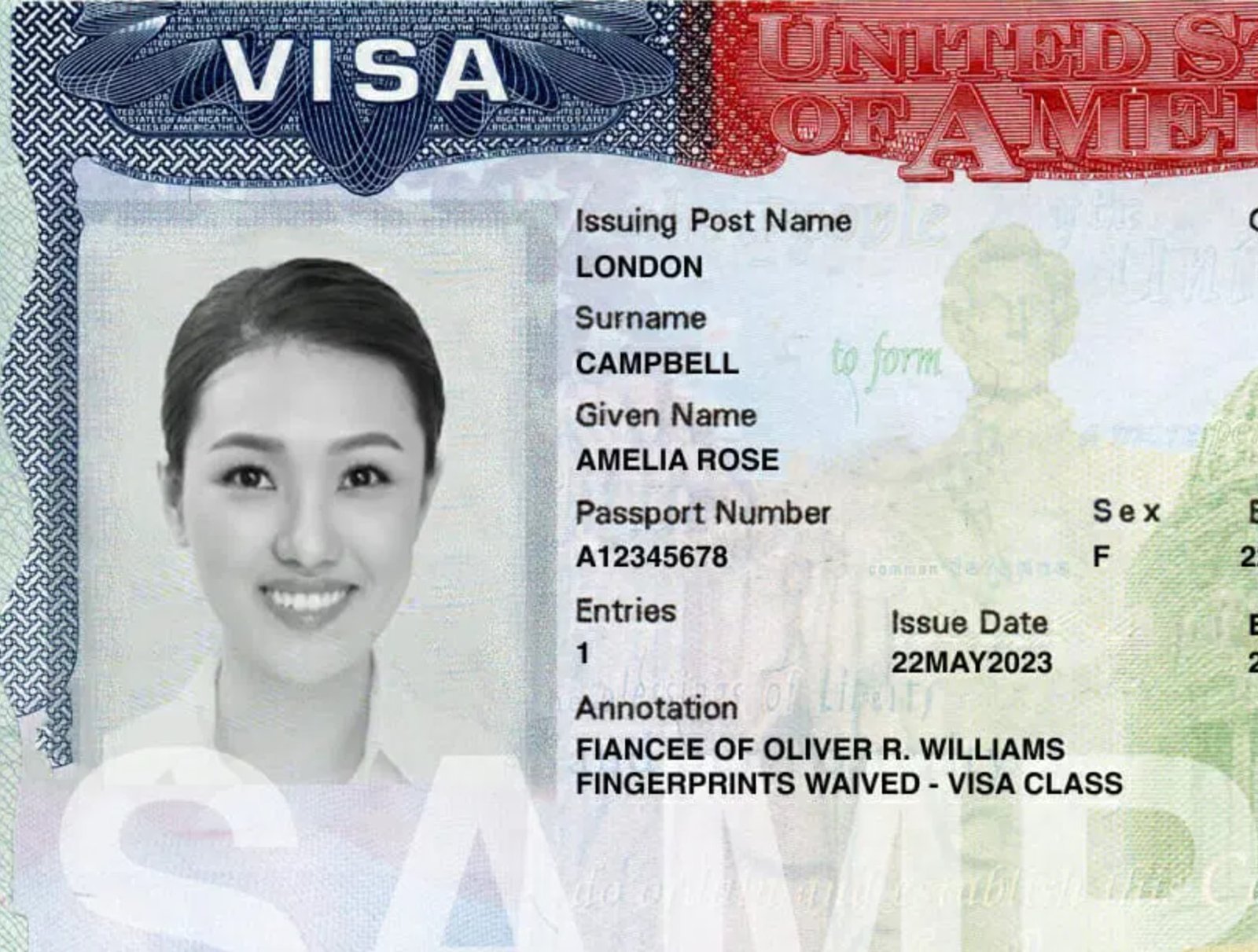


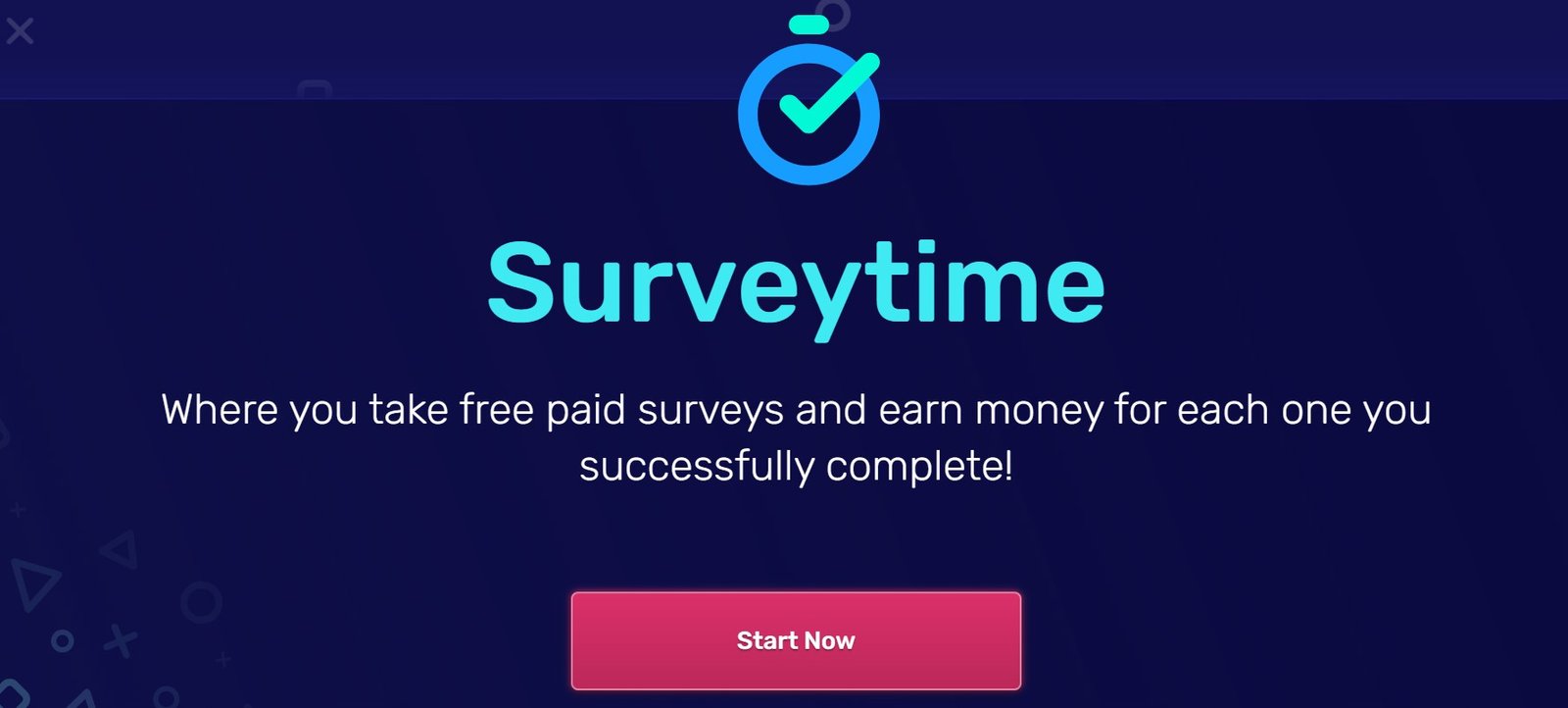





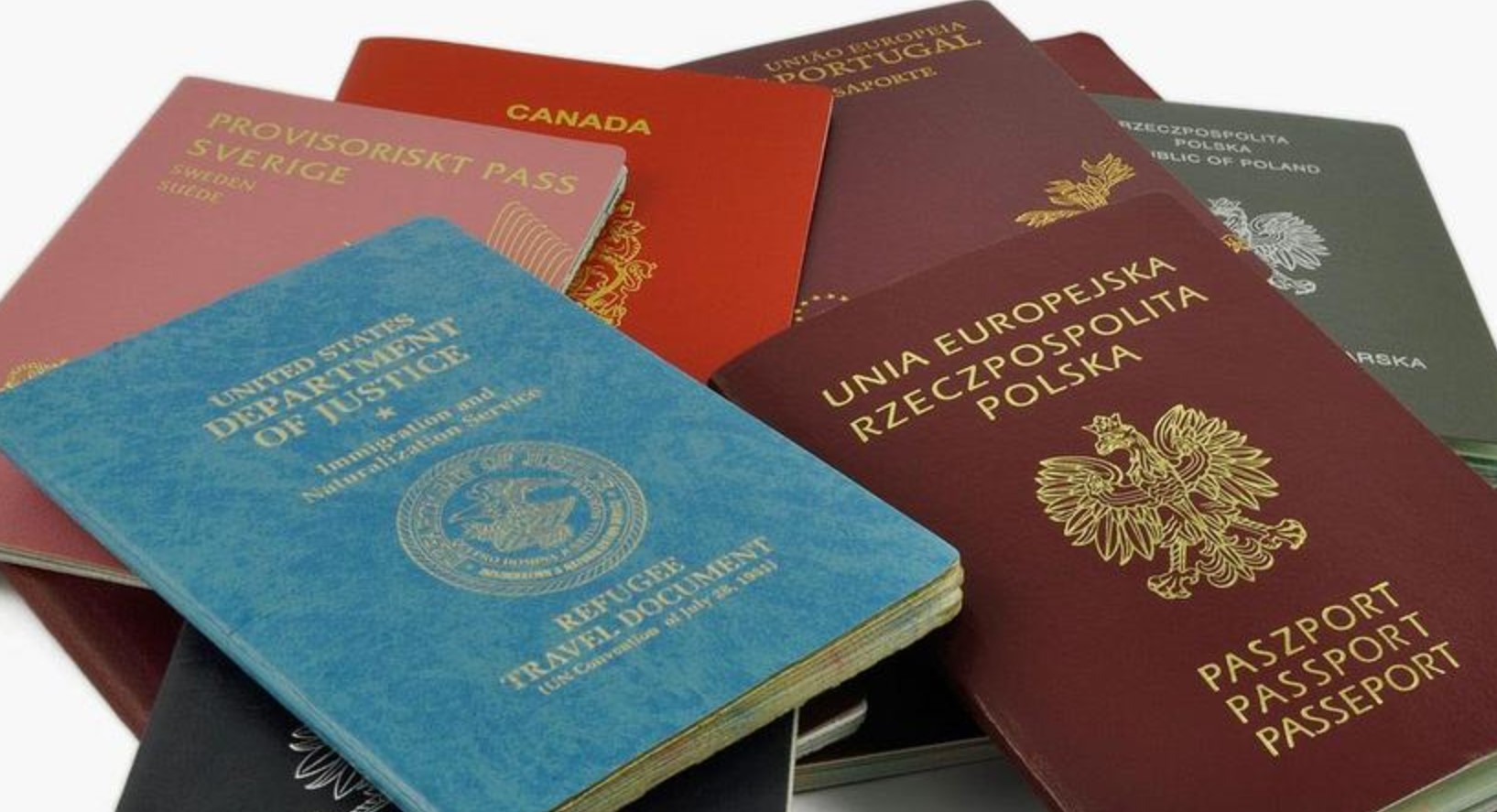
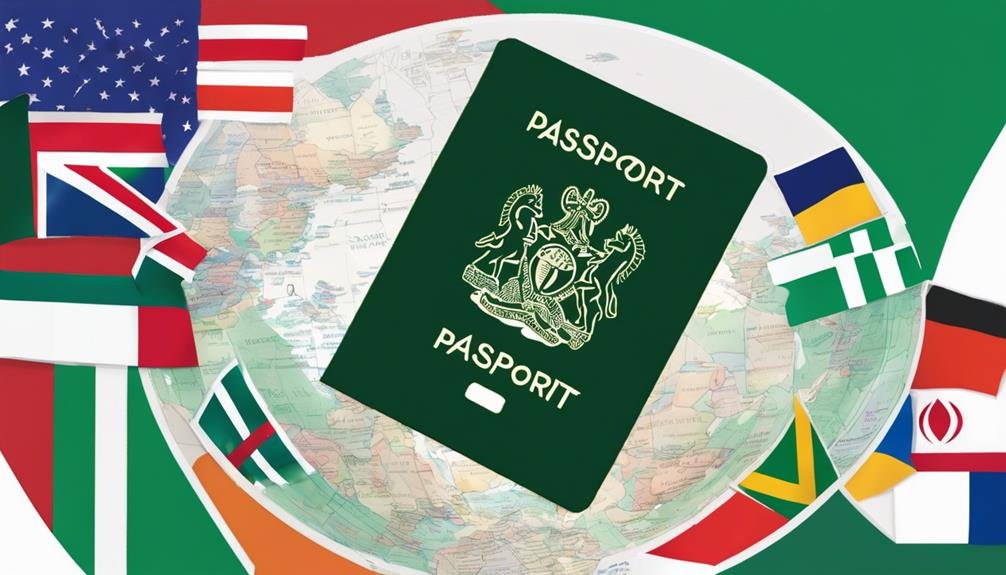





Leave a Comment